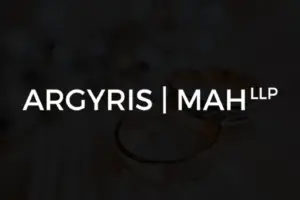Default Divorce in California

You may think that both parties are required to participate in a divorce. You may even think that you need the other party’s consent to get a divorce.
However, under California law, only one party is required to participate in a divorce action. A party who has been properly served with divorce papers cannot prevent the divorce from going forward simply by ignoring the other party. While it is always more beneficial for both parties to participate in the divorce proceeding, there is a silver lining to proceeding by default. The court has the ability to enter a default judgment, or a judgment based on your papers alone, if your spouse does not file a response within the allotted time frame. The party requesting the default must follow the required procedures as outlined below.
A party who has been properly served with divorce papers cannot prevent the divorce from going forward simply by ignoring the other party.
You’ll be posting loads of engaging content, so be sure to keep your blog organized with Categories that also allow visitors to explore more of what interests them.
First, one party must initiate the dissolution action by filing a Petition for Dissolution (Form FL-100). A Summons (Form FL-110) must be filed along with the Petition for Dissolution. The Summons informs the other party that they have 30 days to file a Response and Request for Dissolution.
Second, the Summons and Petition for Dissolution must be properly served on the other party before the court will allow you to proceed by Default. Any individual over the age of 18 can serve a party, so long as the person serving the paperwork is not a party to the action.
The 30 day period by which the opposing party has to respond to the Petition for Dissolution begins as soon as they are properly served with the paperwork. There are several options that can occur following service of a Petition, however a true default occurs when the party does not participate at all in the divorce process.
Third, you must file a Request for Default Judgment. It is very important to understand that the court will not just automatically divorce you simply because the other party did not respond. There are no circumstances under which the court will automatically divorce a party. There always must be some action taken. For this step, there are a variety of forms that must be filled out, including but not limited to financial disclosures. This step can be rather complicated, so if possible it is worth consulting with an attorney in order to receive guidance on how to fill out this paperwork.
The final step in the default process is the entry of the Default Judgment. Be aware that the opposing party can come in at any point in this process and seek relief for various reasons such as mistake and excusable neglect among others. However, if the opposing party does not request a relief or loses the motion requesting relief, the court will award judgment in your favor by granting the requests you originally laid out in your Petition.
At Argyris Mah, LLP we can help you navigate the complicated steps of a default divorce. Contact our office at 408-214-6366 or info@argyrismah.com for a consultation.